Product Consultation
Your email address will not be published. Required fields are marked *
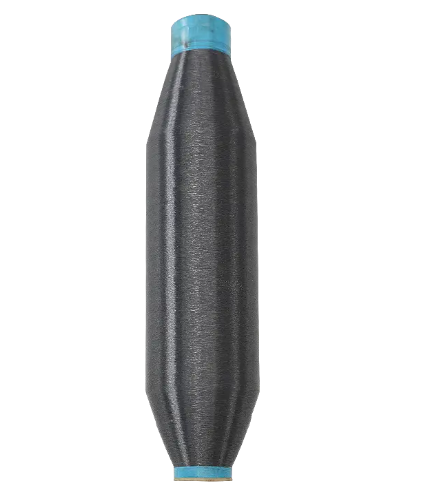
How to ensure the uniformity and strength stability of nylon multifilament yarn during the production process?
Oct 22,2025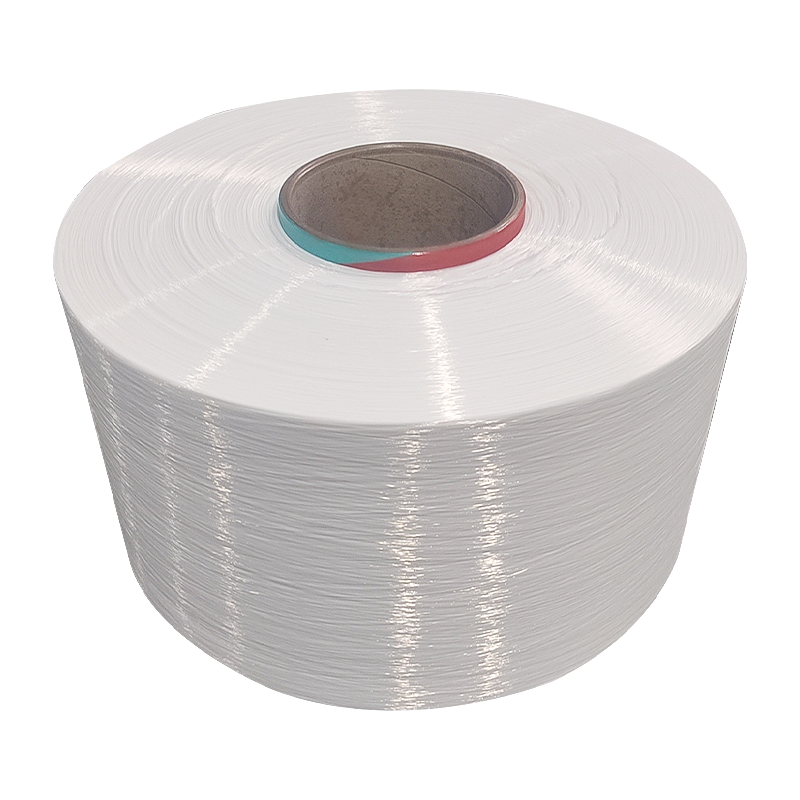
Is color difference control and batch stability guaranteed for nylon mother yarn?
Oct 15,2025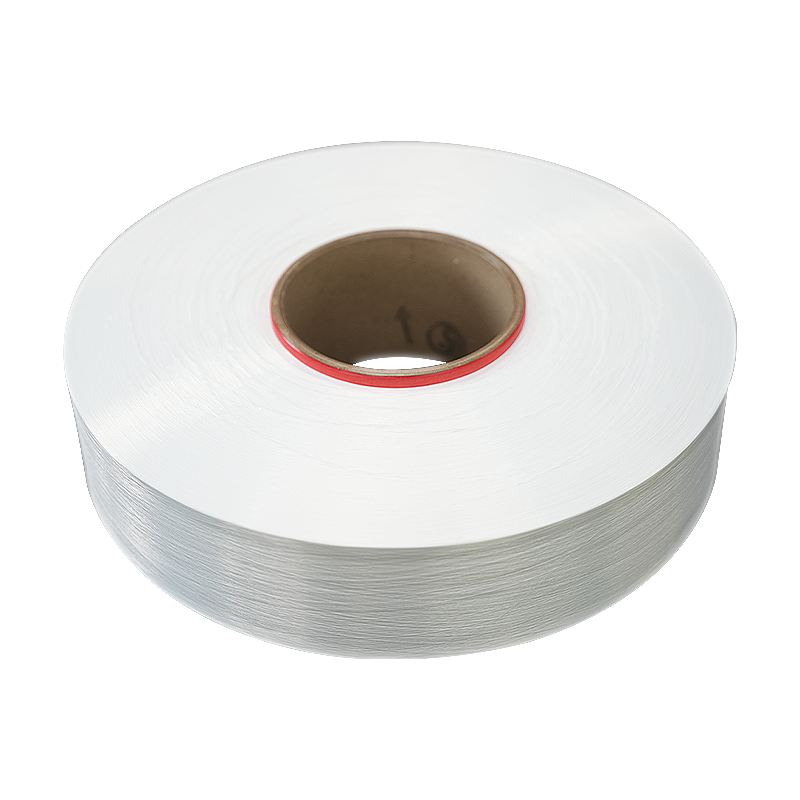
How does the production process of bi-component FDY yarn compare to that of single-component FDY?
Oct 09,2025Basic Concepts and Material Characteristics of Bicomponent FDY Yarn
Bicomponent FDY yarn is a fully drawn yarn made by combining two different polymer materials in a specific ratio. Its production process often utilizes spinning structures such as parallel, core-sheath, or island-in-the-sea. This material structure enables bicomponent FDY yarn to not only possess the basic properties of conventional FDY yarn but also achieve a richer range of functional properties through the synergistic effects of its different components. The multi-component nature of this material offers greater potential for environmental protection and recyclability. By adjusting the ratio or structural design, the material's recyclability can be enhanced, or more biodegradable and environmentally friendly materials can be incorporated.
The Impact of Bicomponent Design on Environmental Performance
The design concept of bicomponent FDY yarn offers further room for environmental expansion. For example, some products utilize recycled polyester or biodegradable polymers as a component to reduce the consumption of non-renewable resources during production. Furthermore, the bicomponent design reduces the use of certain chemical additives during production, thereby reducing wastewater and exhaust emissions. This material offers high resource efficiency throughout its lifecycle, making it particularly suitable for textile companies focused on green production. Furthermore, bicomponent fibers can further reduce the environmental burden by improving fiber structure and reducing the amount of dyes and auxiliaries used in the dyeing and finishing process.
Advantages and Challenges of Recyclability
The recyclability of bicomponent FDY yarn is closely related to its composition and structural design. On the one hand, if both components are polyester or other highly compatible materials, the fiber is relatively easy to recycle and can be directly recycled through heat-melt or chemical recycling. On the other hand, if the components are significantly different, such as one being polyester and the other being polyamide, separation and reuse may present more challenges, increasing the complexity of recycling. Therefore, the recyclability of bicomponent FDY yarn depends largely on the selection of raw materials and the planning of the production process.
The Potential Application of Bicomponent FDY Yarn in Green Textiles
The potential application of bicomponent FDY yarn in the green textile field is gradually gaining attention. Some manufacturers have begun experimenting with incorporating bio-based or recycled materials into bicomponent fibers to make them more in line with the development trend of environmentally friendly textiles. These fibers are widely used in home textiles, sportswear, and functional fabrics, not only meeting the needs for comfort and functionality but also responding to market demands for sustainable development. Especially in areas requiring low-temperature dyeing or energy-saving production, bicomponent FDY yarn can reduce process energy consumption through its specific structural design, further promoting the achievement of green production goals.
The Impact of Different Component Combinations on Environmental Performance
The environmental performance of bicomponent FDY yarn is also influenced by its component types. Combining recycled polyester with biodegradable polymers allows the fiber to be degraded or recycled at the end of its life, reducing the environmental impact of waste. Bicomponent FDY yarn using fully recycled polyester facilitates closed-loop recycling, forming a complete recycling system from raw materials to product and back to recycling. This combination not only enhances the fiber's environmental performance but also helps companies achieve green certification and sustainable development goals in their production.
Bicomponent FDY Yarn Environmental Performance Analysis Table
| Influencing Factors | Manifestation | Impact on Environmental Protection and Recycling |
|---|---|---|
| Material Selection | Recycled polyester, bio-based materials, or biodegradable polymers | High |
| Spinning Structure | Side-by-side, sheath-core, island-in-the-sea, etc. | Medium to High |
| Dyeing and Finishing Process | Low-temperature dyeing, reduced use of auxiliaries | Medium |
| Component Compatibility | Ease of thermal melting or chemical recycling of components | High |
| Lifecycle Management | Controllability in production, usage, and recycling stages | High |
Significance for Sustainable Development in the Textile Industry
The environmental and recyclable characteristics of bicomponent FDY yarn have positive implications for the sustainable development of the textile industry. On the one hand, it helps companies transition to green production and recycling, reducing the environmental burden during production and disposal. On the other hand, by continuously improving the material formula and production process of bicomponent FDY yarn, its recycling rate can be further increased, thereby meeting increasingly stringent environmental regulations and market demand for sustainable products. This is not only valuable in terms of corporate social responsibility, but also brings greater adaptability in the international market competition.

In which industries and products is nylon monofilament yarn mainly used?
2025-08-03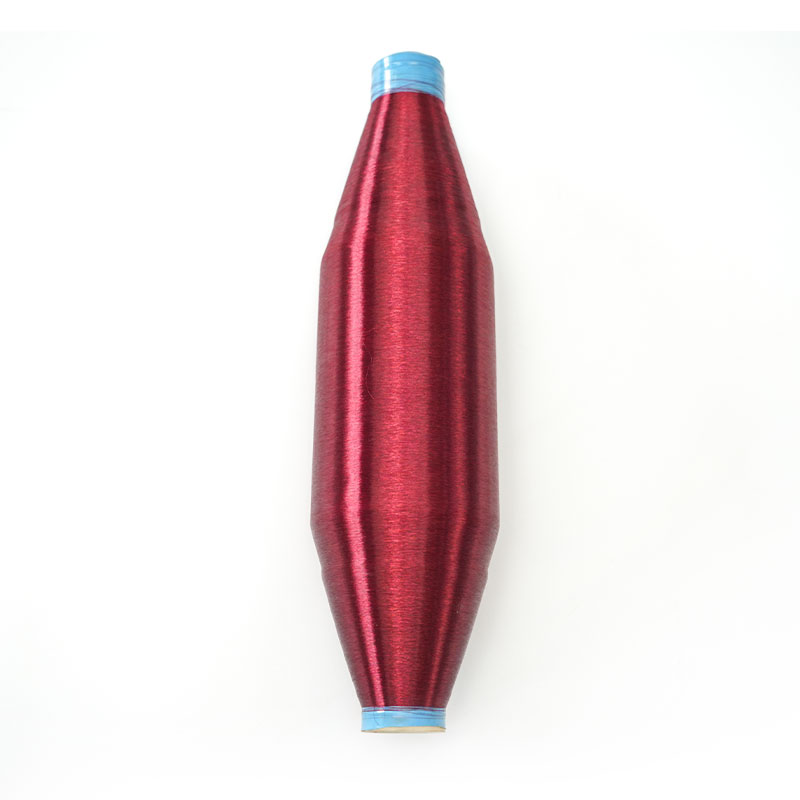
What is the hygroscopicity and chemical stability of nylon monofilament yarn?
2025-08-19Your email address will not be published. Required fields are marked *
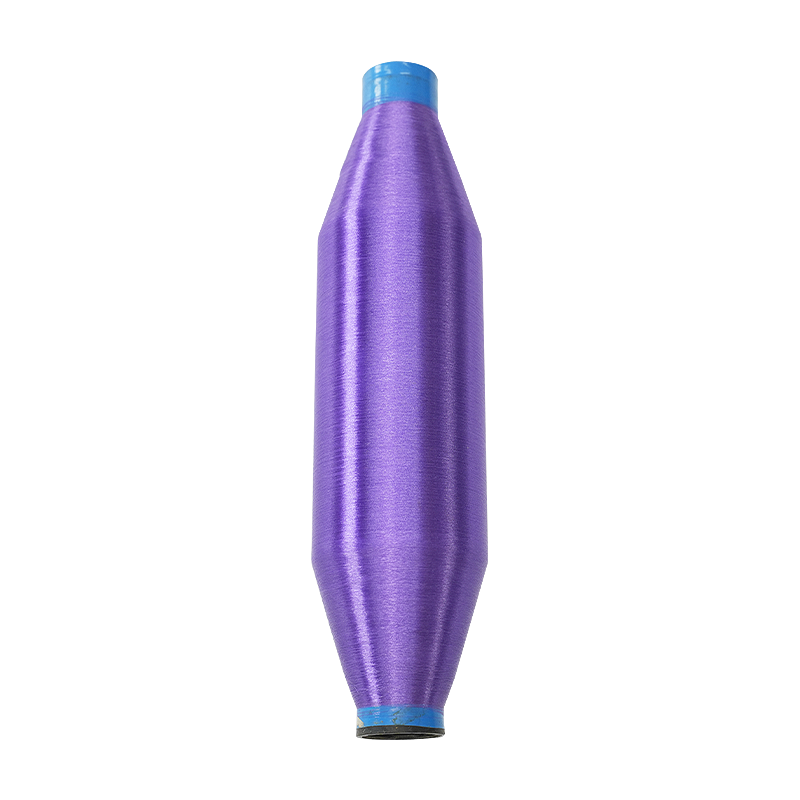
Single Strand Biodegradable Yarn is a single-strand structure, consisting of a single fiber bundle with no multiple strands tangled together. This structure makes the yarn softer, and smoother and exh...
See Details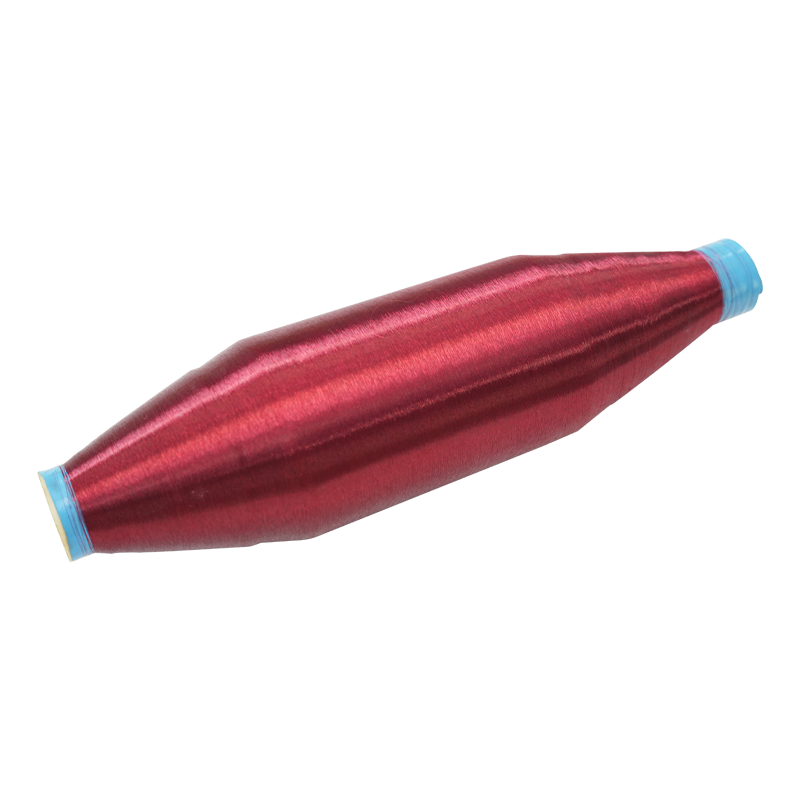
Antiviral nylon Monofilament Yarn can inhibit the survival of viruses on the surface of the yarn, which can effectively reduce the risk of virus transmission and improve user safety. The yarn has a mo...
See Details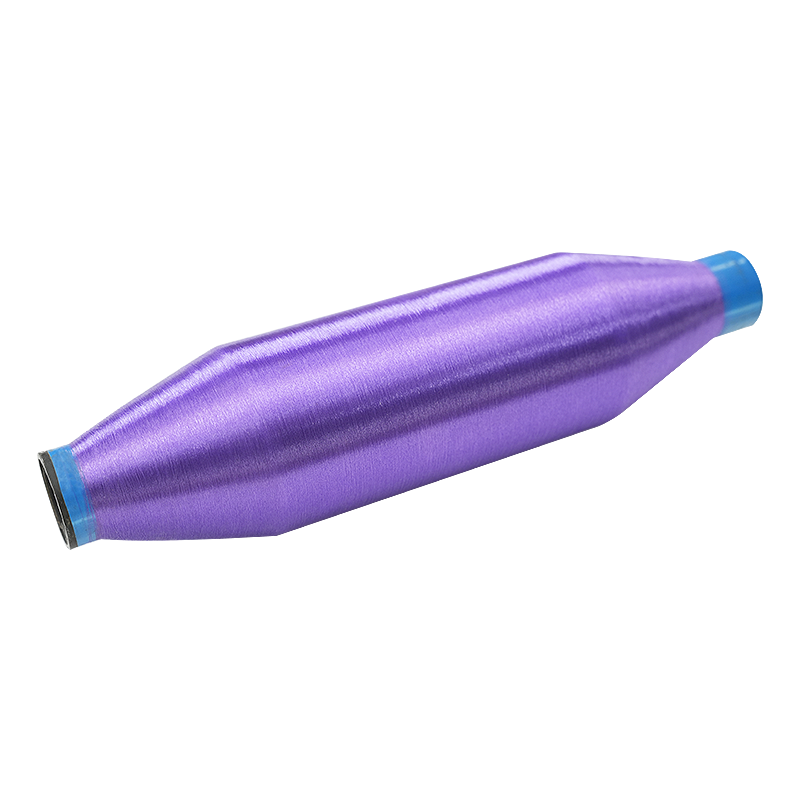
Graphene yarns can be produced by a variety of methods, including chemical vapor deposition (CVD) and wet spinning. In CVD, graphene is grown directly on a substrate, which is then removed to obtain g...
See Details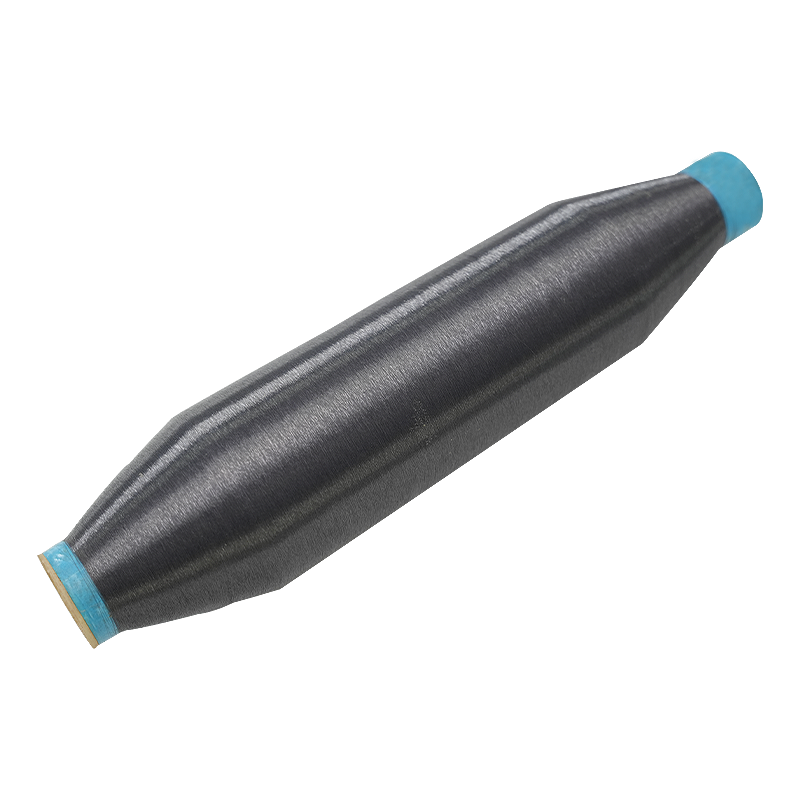
Elastic high-performance polyamide multifilament refers to a synthetic fiber made from polyamide polymer (commonly known as nylon). Resilient and high-performance properties make it suitable for a var...
See Details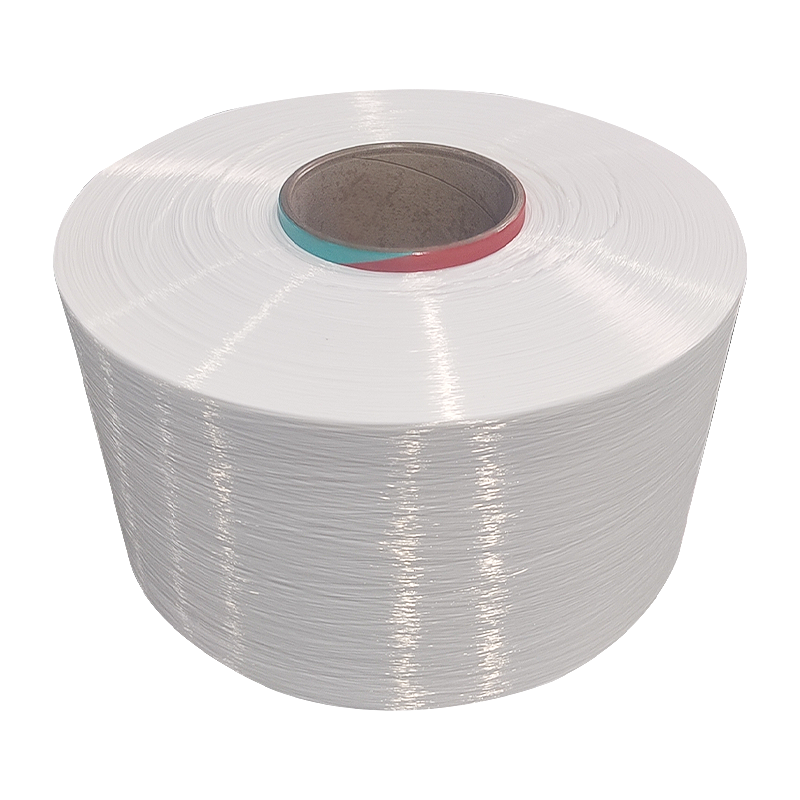
Colored Nylon Mother Yarn can be processed through spinning, drawing, dyeing and other processes to meet the needs of different textiles. It has good processing adaptability and can be made into vario...
See Details
300D Nylon Mother Yarn is made of nylon material, a synthetic fiber with abrasion resistance, strength and durability. It is therefore suitable for manufacturing various types of textiles, such as clo...
See Details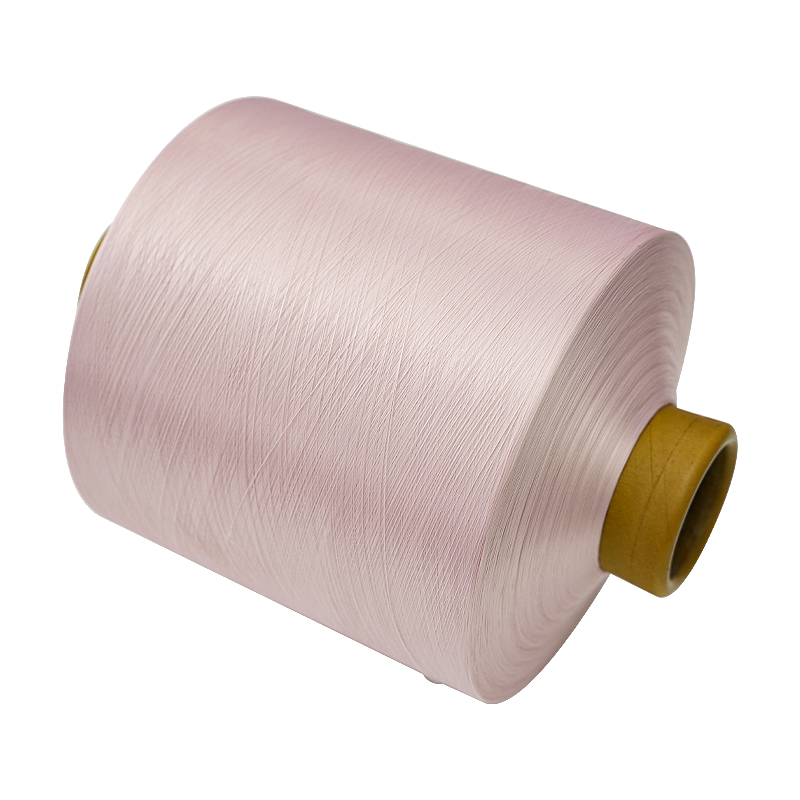
Fabrics made using Nylon elastic yarn for Weaving are lightweight, soft, comfortable and breathable, making them suitable for long-term wear. Made of high-quality nylon material with wear resistance, ...
See Details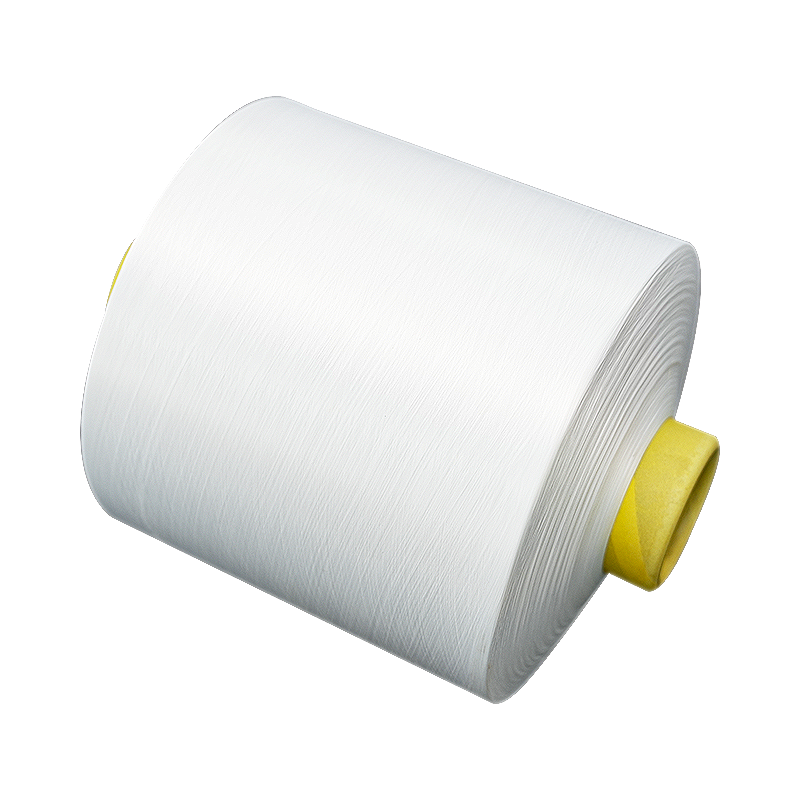
100D Nylon Elastic Yarn has a moderate thickness and good dyeing properties, which can achieve uniform and durable dyeing effects, making textiles bright and long-lasting in color. A yarn frequently u...
See Details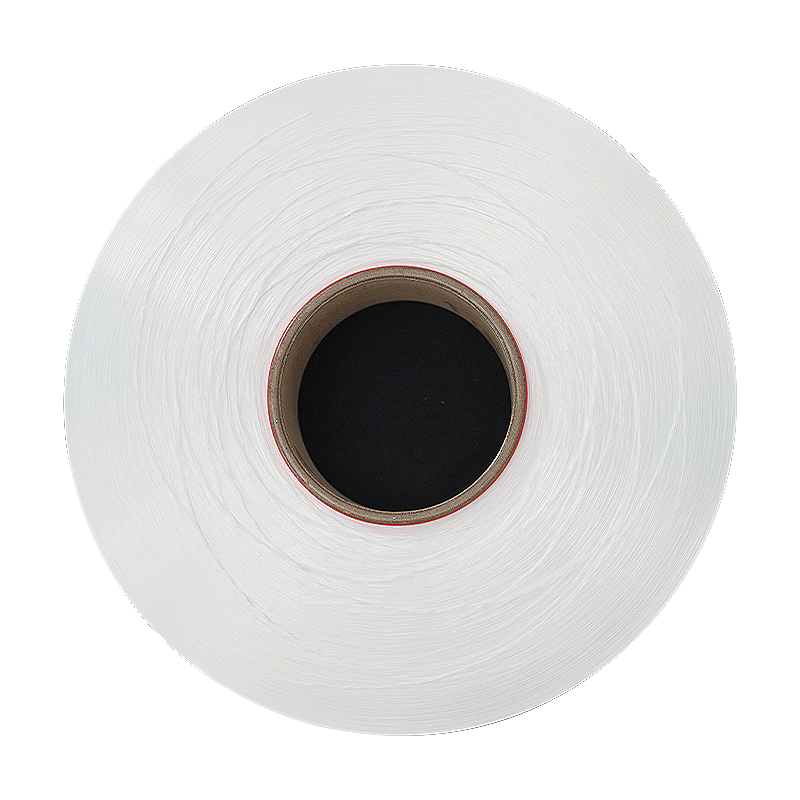
Durable composite nylon yarn has stretch and recovery properties, providing the necessary comfort, fit, and flexibility for clothing and textiles. Made of a blend of nylon fiber and polyester fiber, i...
See Details
High shrinkage blended polyester yarn has a high shrinkage rate and is suitable for textile manufacturing that requires shrinkage treatment, such as making pleated fabrics or textile shaping. Because ...
See Details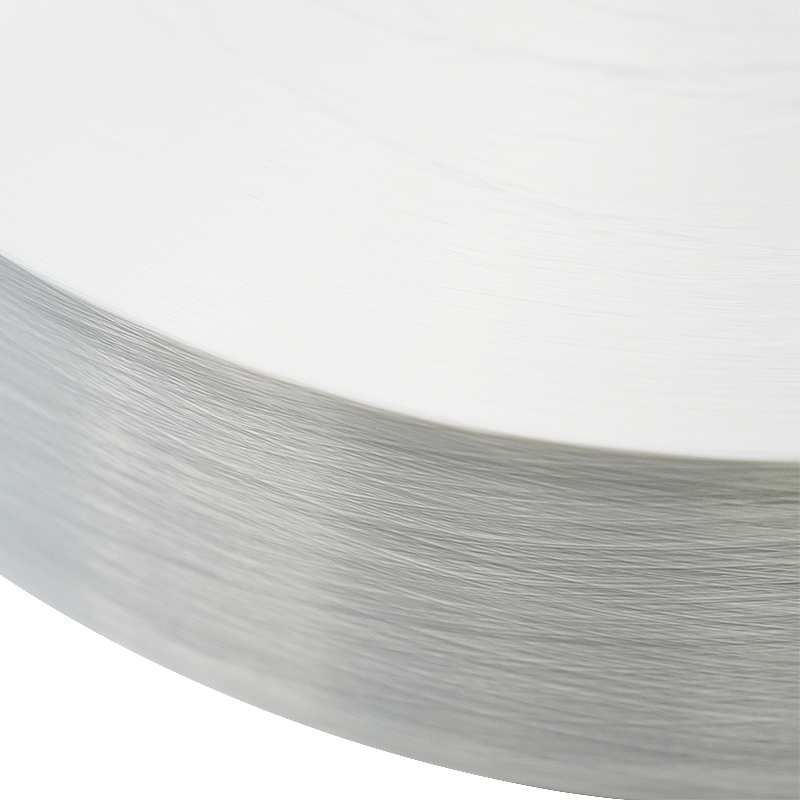
Water-repellent blended FDY yarn has good waterproof properties. This characteristic makes Water-repellent blended FDY yarn a greater advantage when making textiles with high waterproof requirements s...
See Details
Water-repellent high Filament spun yarn has strong water resistance, providing an extremely delicate touch while retaining strength. Suitable for a wide range of applications from intricate embroidery...
See DetailsAddress: Duntou industrial park, haian county, nantong city,jiangsu province ,China.
TEL: +86 15850491859
E-mail: sales-betty@hsnylon.com
If You Are Interested In Our Products, Please Consult Us